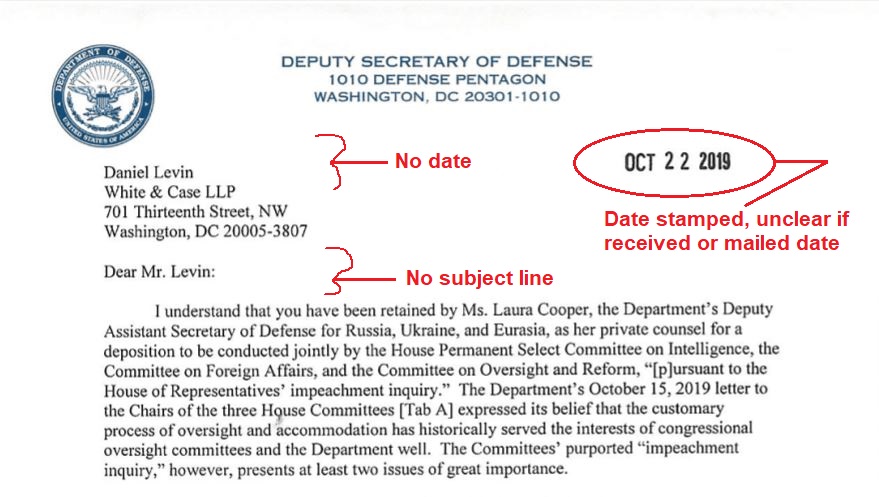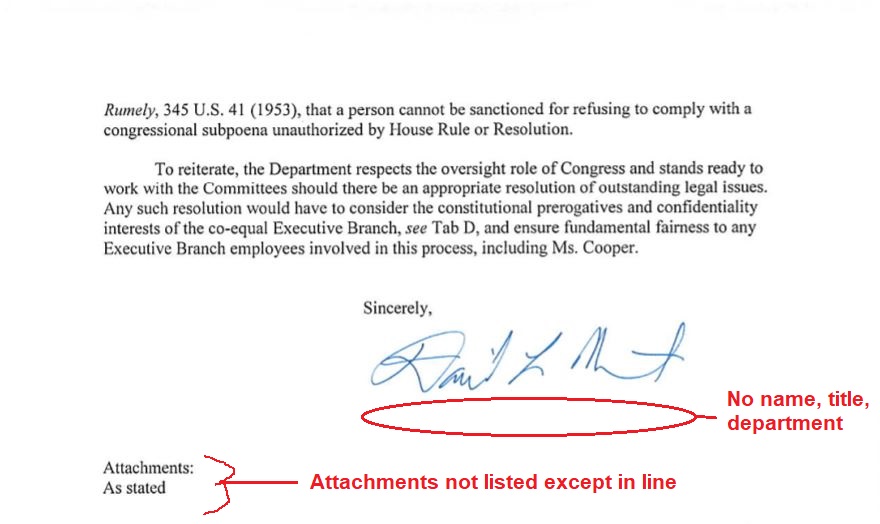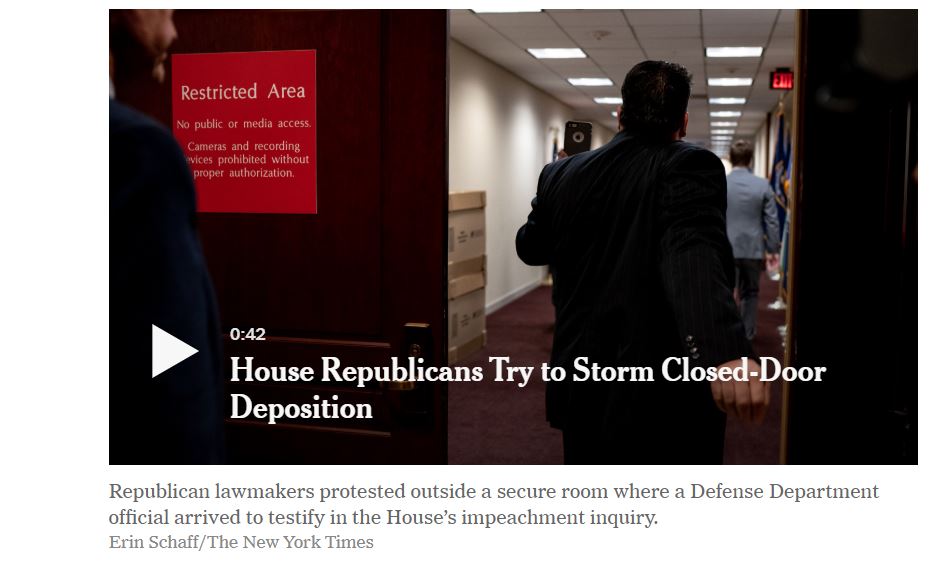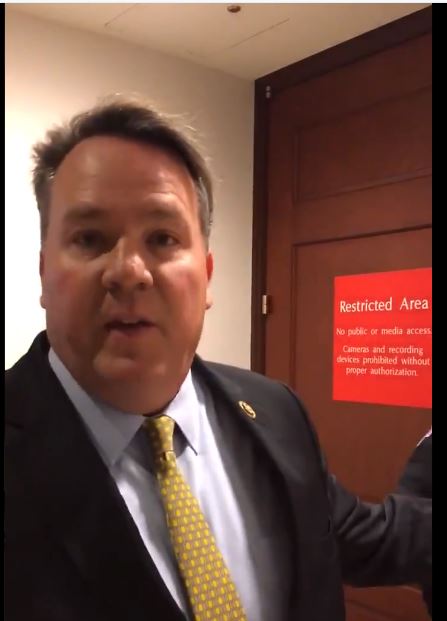Contrary to what a lot of people imagine, I don’t keep visual representations — like some cork board with a bunch of strings attached — of the investigations I follow, not even the sprawling January 6 investigation. Instead, I just try to capture important developments here, where I can refer back to them. There are several such relationships unpacked in recent weeks.
Roger Stone and Stewart Rhodes bug out at the same time after insurrection
For example, a bunch of people have asked me what I make of the WaPo report based on video taken by some Danish journalists who were filming a documentary of Roger Stone on January 6.
As you read it, keep in mind that the Get Me Roger Stone video team was following Roger Stone during key periods of 2016, including at the RNC.
Mueller at least attempted — as Stone feared Mueller would in real time — to mine the video for clues about Stone’s activities. For example, in one of the same email chains where Stone told Randy Credico to “do a [Frank] Panta[n]gel[i],” he and Credico were panicking about what Get Me Roger Stone writer Morgan Pehme was saying about 2016.
So even assuming Roger Stone wasn’t engaged in his everyday type of performance when being filmed for these film-makers, he would be acutely aware of the legal hazards of having a documentary team following around while crimes were being committed.
That’s why the report is most interesting for the times when Stone made sure to ditch the camera team: at precisely the time of a key Proud Boy planning meeting, during a meeting that Joshua James may have reported in on, and as the riot unfolded at the Capitol.
For example, the videographers did not track Stone when he left the hotel at 9PM on January 5 with Sal Greco.
At about 8:50 p.m. on Jan. 5, after the Danish filmmakers had left him, Stone exited the Willard again with his bodyguard, off-duty New York City police officer Sal Greco, a live-stream video shows. Their destination was unclear, though Stone had said he had a 9 p.m. appointment to have his hair dyed.
Just minutes after that — just before 9:17 PM — Joe Biggs and Ethan Nordean were meeting with as-yet unidentified people putting together their plan for the riot.
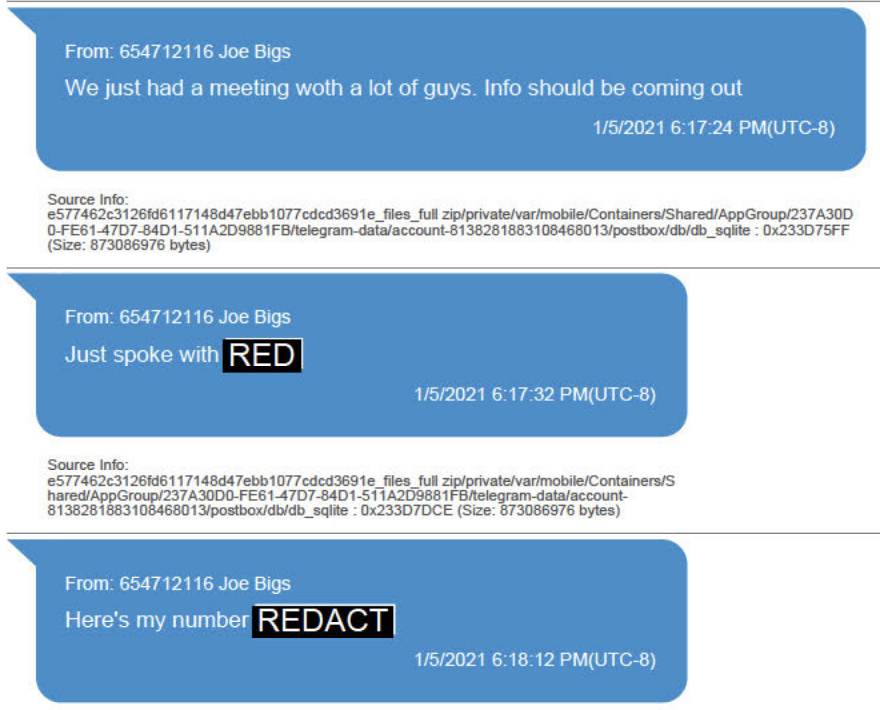

Then there was a meeting with Bernie Kerik at 10AM at the Willard; hotel staff prevented videographers from watching that meeting.
The filmmakers told The Post that Stone appeared to change his plans after an encounter in the Willard lobby around 10 a.m. with Bernard Kerik, a former New York City police commissioner working in Giuliani’s command center at the hotel. The filmmakers began recording their conversation but were forced to leave by hotel staff. It is unclear what was said.
There’s good evidence that Joshua James checked in with Michael Simmons before and after that meeting.


Finally, Stone blew off the videographers from just before the Proud Boys kicked off a riot until almost the moment both Stone-related militias stood down.
At about 12:40 p.m., some ofStone’s guests left his suite. Stone’s team and the filmmakers agreed to separate for lunch and then reconvene two hours later. Stone planned to speak at a smaller rally near the Capitol later that afternoon.
But as the filmmakers ate in their hotel room, they saw news footage of a riot escalating at the Capitol. Around 2:30 p.m., Guldbrandsen headed out to capture the scene while Frederik Marbell, the director of photography, rushed to Stone’s room.
“Kristin Davis opened the door and said that Roger was taking a nap, so I couldn’t film,” Marbelltold The Post.
Outside the room, Marbell attempted to reach Stone by text message starting at 3:03 p.m. The messages went unanswered for 24 minutes, when Stone responded and offered to go to Marbell’s room.
By about 4 p.m., with the Capitol in chaos, Stone had still not arrived at Marbell’s room. Marbell returned to Stone’s room and began knocking. About five minutes later, room service arrived and Marbell snuck inside, he said.
“Roger was not taking a nap. He was on the phone with someone,” Marbell said.
Stone condemned the riot to the filmmakers at 4:18 p.m., saying: “I think it’s really bad for the movement. It hurts, it doesn’t help. I’m not sure what they thought they were going to achieve.
These are like Stone’s July 2016 meeting with Nigel Farage at the RNC: The stuff he knew well to and did hide from the camera. That’s where the sweet spot of Stone’s interactions are.
All that said, the report shows that key Stone actions the camera team captured exactly map the known central events of the planning for the insurrection.
For example, Stone put together a Friends of Stone Signal list, including Enrique Tarrio, once it became clear Trump had lost. That fed Flynn’s efforts.
He told them to monitor a group chat on the app Signal titled “F.O.S.” — friends of Stone. Tarrio of the Proud Boys was among the group’s members, a later shot of Stone’s phone showed.
[snip]
On Nov. 5, Stone drew up a Stop the Steal action plan that was visible on Alejandro’s laptop in footage captured by the filmmakers. As protesters were mobilized, the plan said, state lawmakers would be lobbied to reject official results. That tactic later proved central to Trump’s efforts.
Also that day, Stone had a 15-minute call with Flynn, the video shows. He told Flynn they could “document an overwhelming and compelling fraud” in each battleground state and urged him to spread the word on social media. That day, Flynn, Trump’s campaign and his sons Donald Jr. and Eric began using #StopTheSteal on Twitter.
Just after this mobilization, both Tarrio and Biggs started calling for civil war.
Later that month, Stone was coordinating with Mike Flynn and Ali Alexander.
Stone moved quickly after Trump’s defeat to help mobilize the protest movement that drew thousands to the nation’s capital on Jan. 6, 2021, The Post found. He privately strategized with former national security adviser Michael Flynn and rally organizer Ali Alexander, who visited Stone’s home in Fort Lauderdale, Fla., in late November 2020 for a dinner where Stone served pasta and martinis.
In the days and weeks leading up to Thanksgiving (when Flynn would be pardoned and Sidney Powell would, like Stone, start grifting off claims of a stolen election), Flynn and Powell were at Lin Wood’s properties in South Carolina, plotting away.
I was most struck, however, by the unsurprising news that in addition to Tarrio, Stone also used Signal messages with Stewart Rhodes.
Stone used an encrypted messaging app later in January to communicate with Oath Keepers leader Stewart Rhodes, who is also charged with seditious conspiracy, and Proud Boys leader Enrique Tarrio, the footage shows.
When I saw the description in James’ statement of offense of the way Rhodes bugged out of town immediately after the riot, I suspected that someone had instructed Rhodes that they were going to be hunted.
At Rhodes’s instruction, James, Vallejo, and others met Rhodes that evening at a restaurant in Vienna, Virginia. Rhodes discussed saving “the Republic” by stopping the transfer of presidential power and began to make plans to oppose the Inauguration on January 20, 2021, including by having people open-carry firearms at state capitols around the country.
While at the restaurant, Rhodes and James came to believe that law enforcement was searching for Rhodes and others after their attack on the Capitol. The group immediately returned to their hotel, collected their belongings, and met at a nearby gas station. There, James saw what he estimated to be thousands of dollars’ worth of firearms, ammunition, and related equipment in Rhodes’s vehicle. Rhodes divvied up various firearms and other gear among James and others who occupied a total of three cars. Rhodes left his mobile phone with one person and departed with another person in that person’s car so that law enforcement could not locate and arrest him. The three cars departed in separate directions.
James returned to Alabama with some of Rhodes’s gear, including firearms and other tactical equipment.
According to the videographers, Stone bugged out at about the same time and in the same frantic manner as Rhodes did.
As a mob ransacked the Capitol on Jan. 6, 2021, Roger Stone, Donald Trump’s longest-serving political adviser, hurried to pack a suitcase inside his elegant suite on the fifth floor of the Willard hotel. He wrapped his tailored suits in trash bags, reversed his black face mask so its “Free Roger Stone” logo was hidden, then slipped out of town for a hastily arranged private flight from Dulles International Airport.
“I really want to get out of here,” Stone told an aide, as they were filmed at the hotel by a Danish camera crew for a documentary on the veteran Republican operative. Stone said he feared prosecution by the incoming attorney general, Merrick Garland. “He is not a friend,” Stone said.
I would, at this point, be shocked if Rhodes and Stone hadn’t communally decided they needed to bolt. The remaining question I have, though, is whether someone in government — like Mark Meadows — alerted Stone or someone close to him that the FBI had switched immediately into investigative mode.
Sidney Powell springs for the sedition gaslight defense
In the same way that the Danish videographers confirm that Roger Stone and Mike Flynn were conspiring early in the post-election process, a recent BuzzFeed report reveals that Sidney Powell is now using her hard-won grift to pay for the defense of some Oath Keepers.
Since October, the organization, Defending the Republic, has been making monthly payments to the defense attorney for Kelly Meggs, a member of the militant group the Oath Keepers who is charged with seditious conspiracy for his role in the Jan. 6 Capitol riot. In an interview, the attorney, Jonathon Moseley, said he was aware of “at least three or four other defendants who have that arrangement” as well. The Oath Keepers’ general counsel, Kellye SoRelle, said that one of those others is the group’s founder, Stewart Rhodes. Offered the chance to deny that, his lawyers said they don’t discuss funding.
The revelation, which has not been previously reported, sheds new light on the activities of Powell’s organization, which was incorporated in December 2020 “to defend the constitutional rights of all Americans.” By last August, the group had raised nearly $15 million, according to its audited financial statements, and since then has raked in untold cash in donations and sales of merchandise, including T-shirts, drink coasters, and highball glasses adorned with the organization’s logo. Yet despite mounting legal scrutiny from federal and state investigators, Defending the Republic has disclosed almost nothing about where that money has been going.
[snip]
Powell’s involvement in the Oath Keepers case helps explain how some of the defendants, most of whom are far from wealthy, have been able to work with private attorneys who charge hundreds of dollars an hour rather than court-appointed lawyers. But it also raises questions as to who is dictating their defense strategy. In recent months, defense attorneys have raised many of the same far-flung conspiracies about COVID-19, antifa, and the deep state that appeared in lawsuits against the federal government filed by Powell herself.
As Ken Bensinger notes and I have traced, Jonathon Moseley has chosen to use court filings to engage in conspiracy theorizing rather than a more typical defense.
But on top of the futility of such an approach to actually obtain an optimal outcome, it serves to undermine rule of law more generally. Moseley’s approach is not all that different from the one that Powell herself used with Mike Flynn in attempting to blow up his prosecution by inventing false claims about the government. There was no evidence to support it, but it fed the frothers.
Tellingly, Powell’s efforts did nothing but make Flynn’s outcome worse. Thus, the defense plan, such as it existed, served to undermine rule of law and then make it all go away with a Presidential pardon. I’ve long assumed that that was the hope for Kelly Meggs and Kenneth Harrelson (who has adopted a similarly conspiratorial defense approach): that they could stall through 2025 in hopes a Republican would pardon them for their alleged sedition.
On March 4, Judge Amit Mehta appointed Andrew Wise of Miller Chevalier as conflict counsel to inquire into conflicts between Moseley’s representation of Meggs and (at least in the civil suit) Stewart Rhodes). That’s likely to bring a review of compensation arrangements, which may lead to inquiries about what Powell is paying Moseley to do.
Interestingly, BuzzFeed suggests that Juli Haller, who represents Meggs’ wife Connie, but also Ryan Samsel, may be on this dole. There was a time when Samsel looked like he might have considered flipping but that time is long gone.
Roger Stone’s pardon grift
And now, having covered Roger Stone’s Stop the Steal grift and Sidney Powell’s Defending the Republic grift, we come to Stone’s pardon-selling.
The Daily Beast adds to the earlier WaPo report (the first item here) that addressed all the pardons Roger Stone pitched Trump to make in the days between when he bolted from DC quickly and the day any such power expired. It notes that in mid-January 2021, Stone was playing all sides of the Florida scandal that engulfs Matt Gaetz.
It’s already known that Stone lobbied for pardons for both Gaetz and Greenberg in the waning days of the Trump administration. But it wasn’t known that Stone also advocated for a pardon for this third man connected to Gaetz and Greenberg: Stephen Alford, a serial fraudster from the Florida panhandle.
That development was first revealed by The Washington Post in a draft memo published earlier this month. But the Post report didn’t mention Alford—his name only appears in a document the Post obtained and uploaded online—and the link hasn’t been explored.
Two months after Stone advocated for Alford’s absolution, that allegiance dissolved when Alford became Gaetz’s scapegoat for the investigation. (Stone also eventually blasted Alford as part of the “deep state.”)
Just weeks before, however, Stone was in Alford’s corner, lobbying for a pardon.
Much of this is just scammy Florida politics. I’m interested in two details of this.
First, one of the ties TDB did find between Alford — the guy who attempted to extort Gaetz’s dad — and Stone goes through Oleg Deripaska.
According to a person with direct knowledge of the events, however, Alford had one powerful friend: A Republican lobbyist close to Stone.
Weeks after Alford’s pardon request was declined, that lobbyist shared some more information: Matt Gaetz was in trouble. And the lobbyist, this person said, had the details, including images of Gaetz with young women at a sex party.
While it’s unclear how the lobbyist—an associate of Oleg Deripaska—came into this information, Stone had by that time known about the Gaetz allegations for months; Greenberg had told Stone all about their involvement with a 17-year-old, both over text messages and in a confession he drafted at Stone’s request, as part of the pardon process.
It didn’t take long for Alford to cobble together a plan—and it was a doozy: He would secure Gaetz a presidential pardon in exchange for $25 million, which Alford would supposedly use to repatriate an FBI agent taken hostage in Iran who has long been considered dead.
TDB then describes how this plan, involving a lobbyist with ties to Deripaska, was behind the campaign against the NYT story on Gaetz’ legal woes.
When The New York Times broke the investigation in late March last year, Gaetz used Alford’s ploy as ammo. He fired off a tweetstorm, claiming the Times report was a “planted leak” designed to torpedo an investigation into “criminal extortion” plot “to smear my name.”
The central figure in Gaetz’s narrative, however, wasn’t Alford; it was Alford’s lawyer, whose role was limited to holding the money in an escrow account while Alford negotiated the release.
That lawyer had one special characteristic: Three decades ago, he served as a DOJ prosecutor. And that fact equipped the narrative with a “deep state” hook—a Roger Stone special.
Gaetz doubled down that night on Tucker Carlson’s late-night Fox News talk show, explaining the convoluted “leaking” and “smearing” plot to a befuddled Carlson, who remarked that it was “one of the weirdest interviews I’ve ever conducted.”
The next day, Stone piped up to defend Gaetz, using the same language.
And I’m interested in that because Glenn Greenwald was another key player in this anti-NYT campaign, including as recently as December.
Click through for the details on Gaetz paying Stone until he stopped paying Stone.
Update: One more note about Stone’s plan for pardons. Unsurprisingly he pushed for pardons for Assange and Stone, and unsurprisingly he did so in the same terms that Greenwald did — as the best way to get back at the Deep State.
Hell yes ,I would pardon Julian Assange and Edward Snowden- they are persecuted because they exposed the same people who attempted the Russia Collusion Hoax, the Ukraine hoax the last phony impeachment and are now pushing you’re their new phony impeachment.
The plan is a telling document of how Stone exploited Trump’s narcissism and grievances to get things done. The UK Supreme Court just rejected Assange’s bid to appeal, so the initial extradition request will go to Priti Patel for approval (though he still has several avenues of appeal).

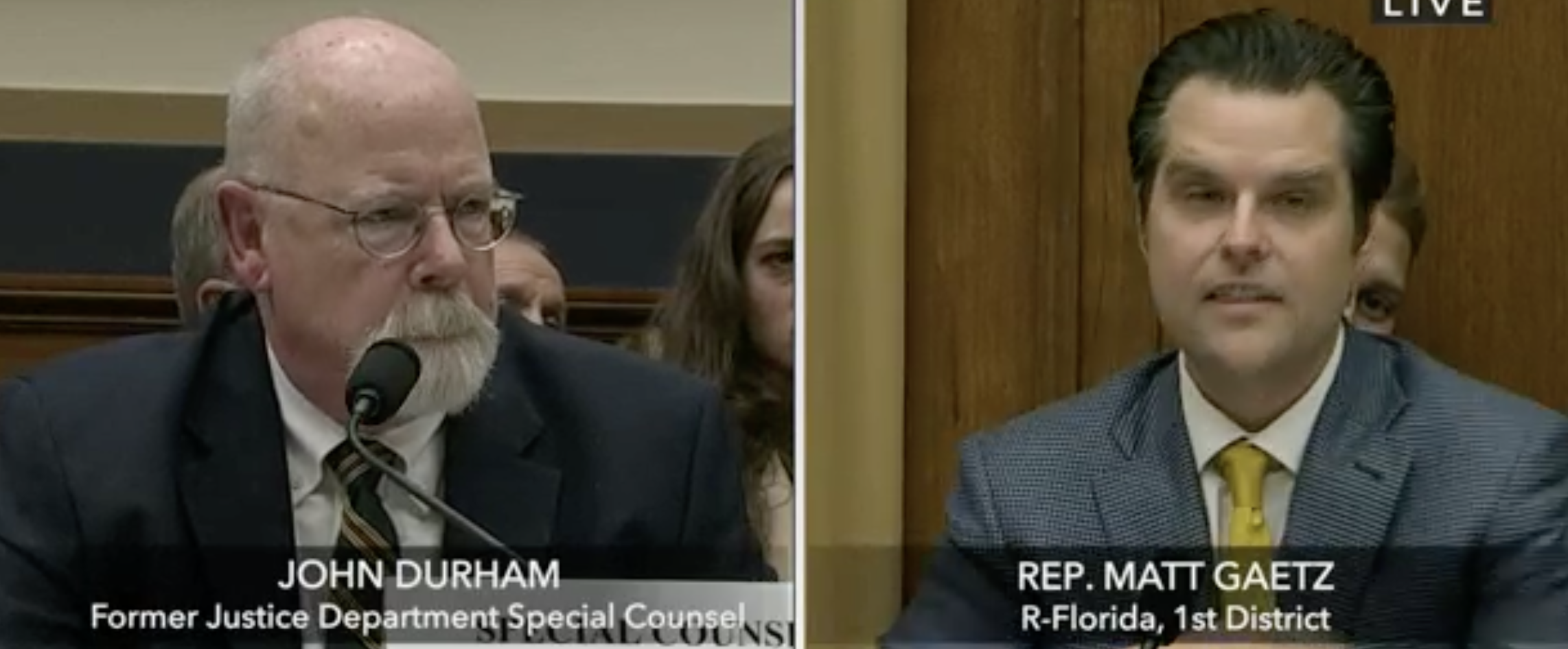
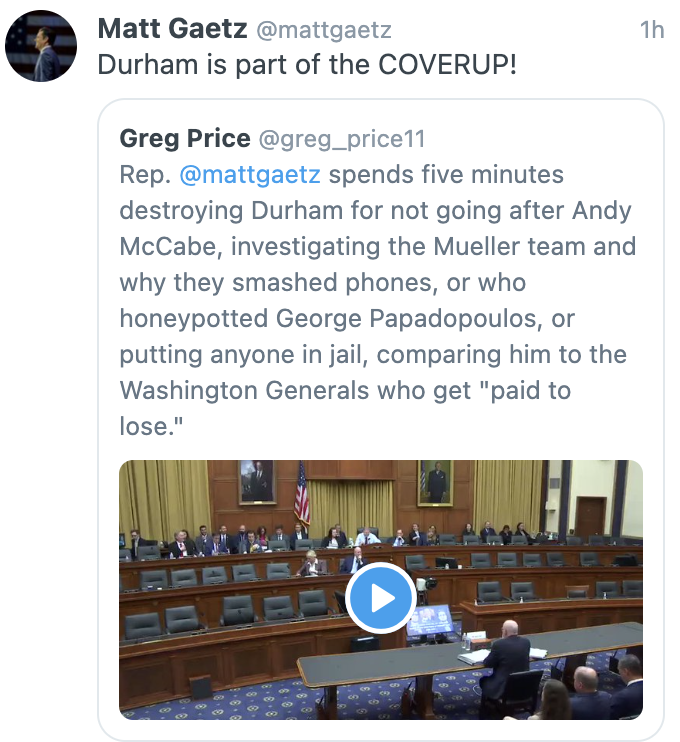
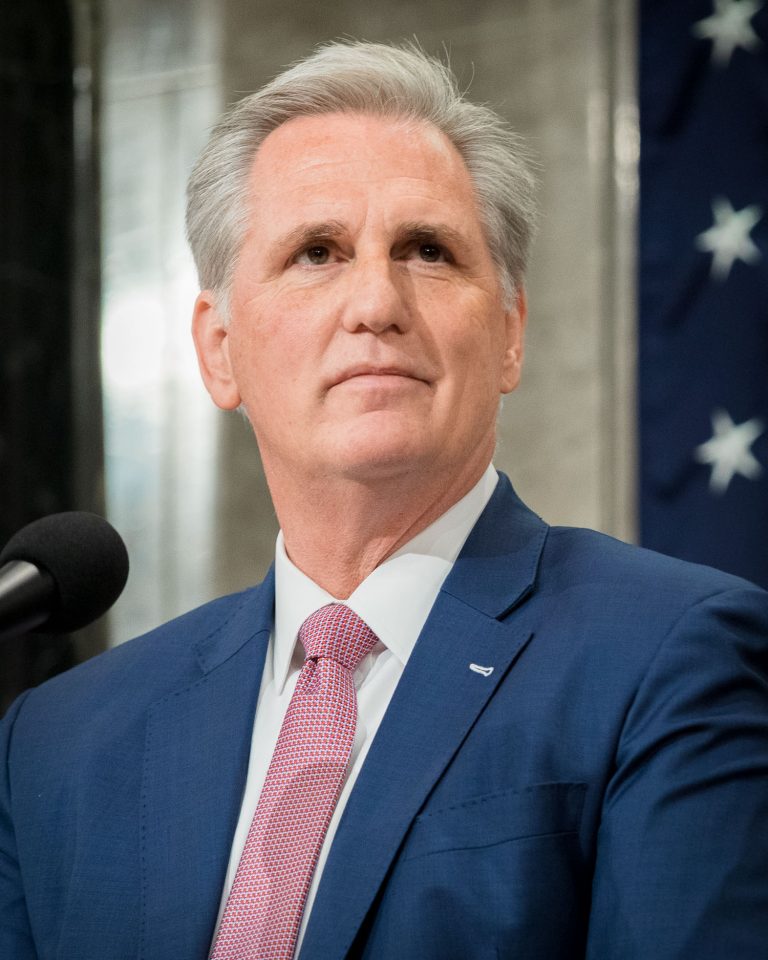
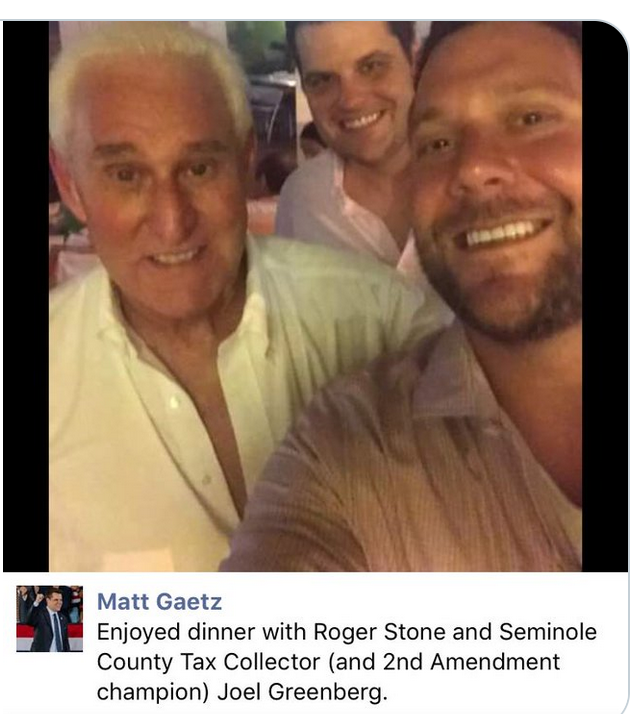

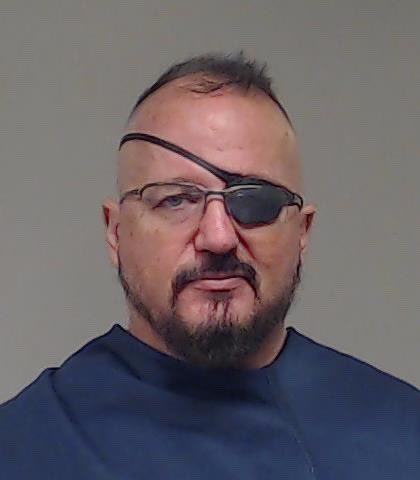



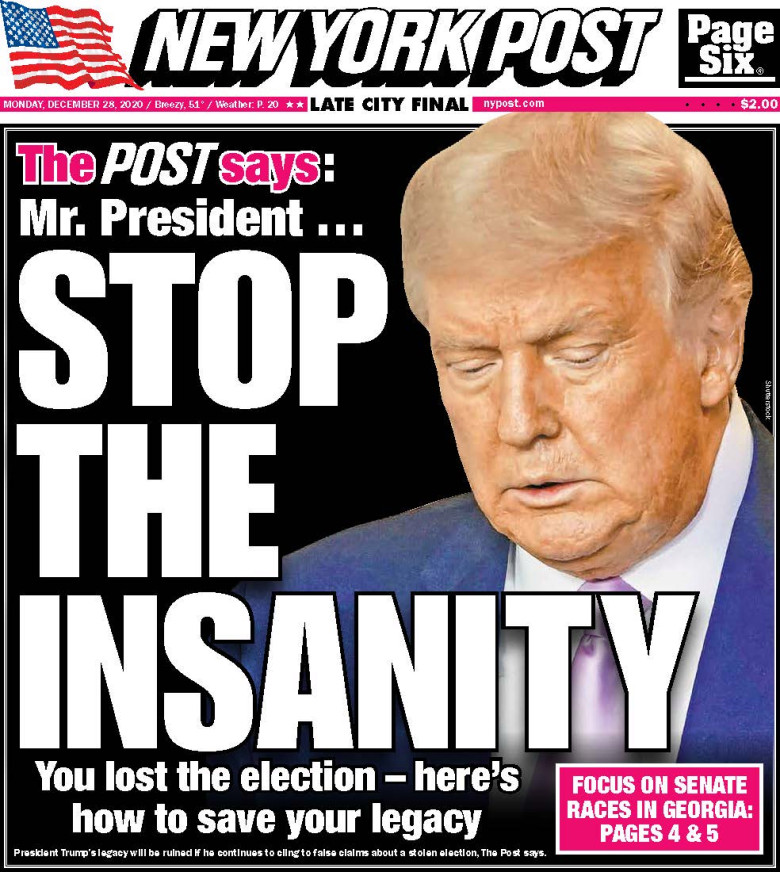
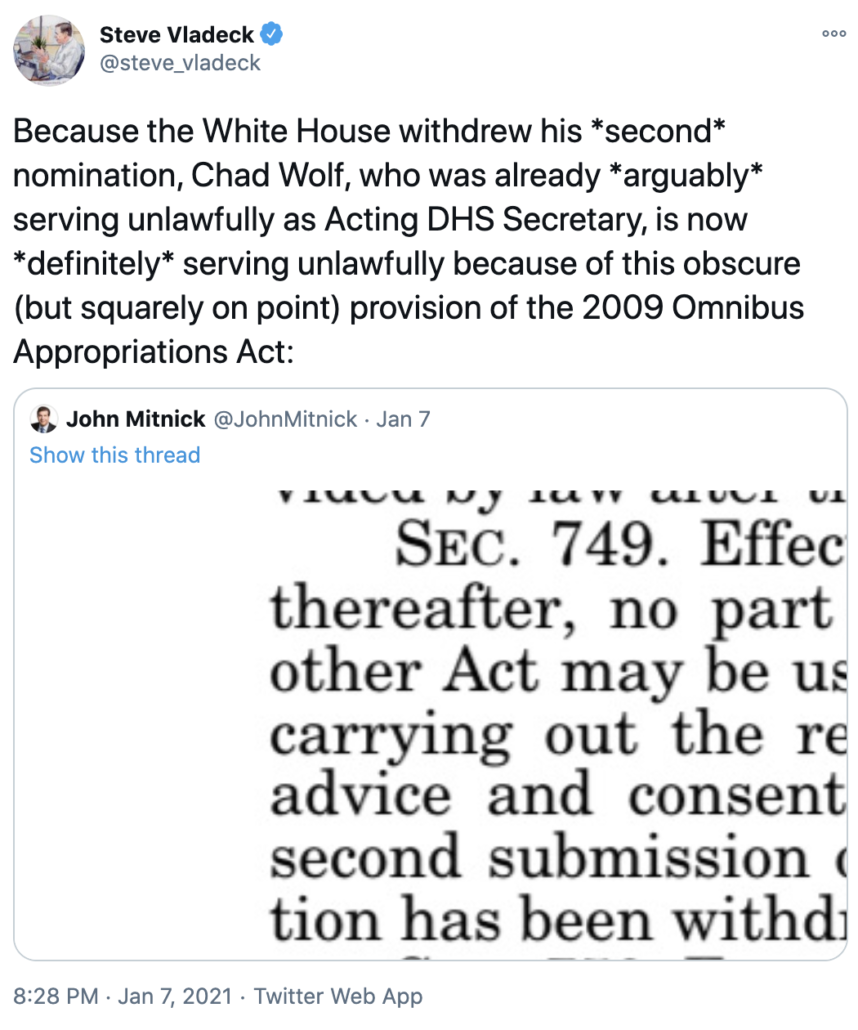
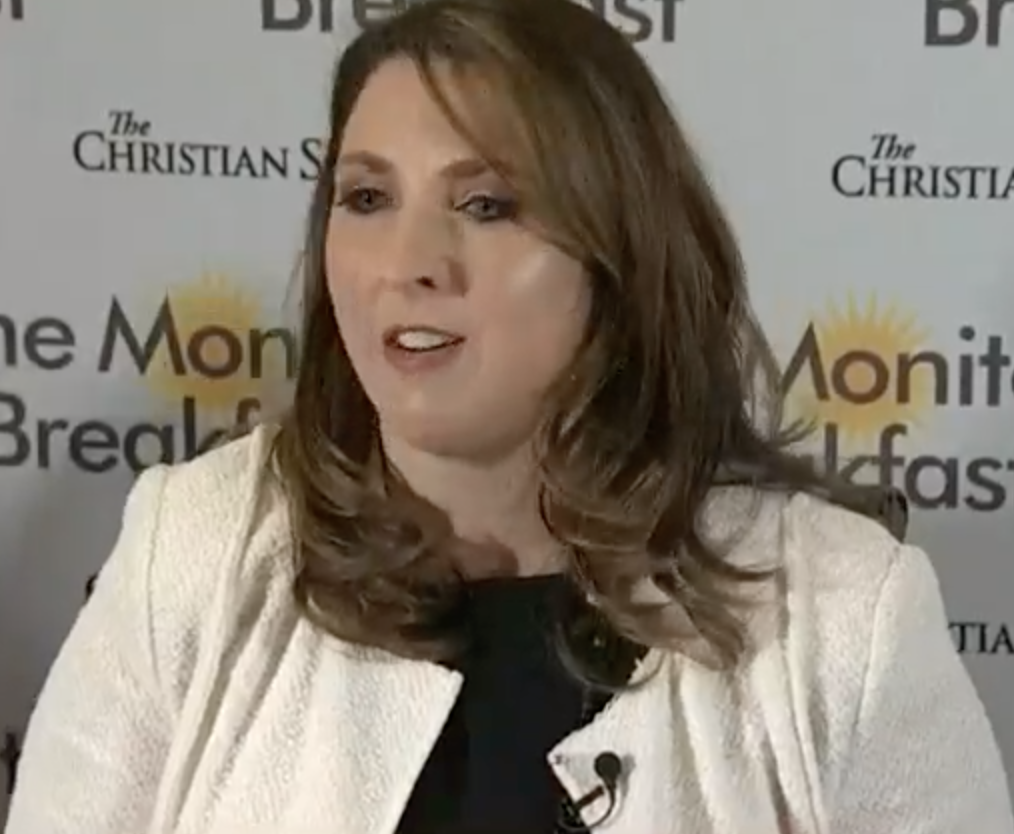
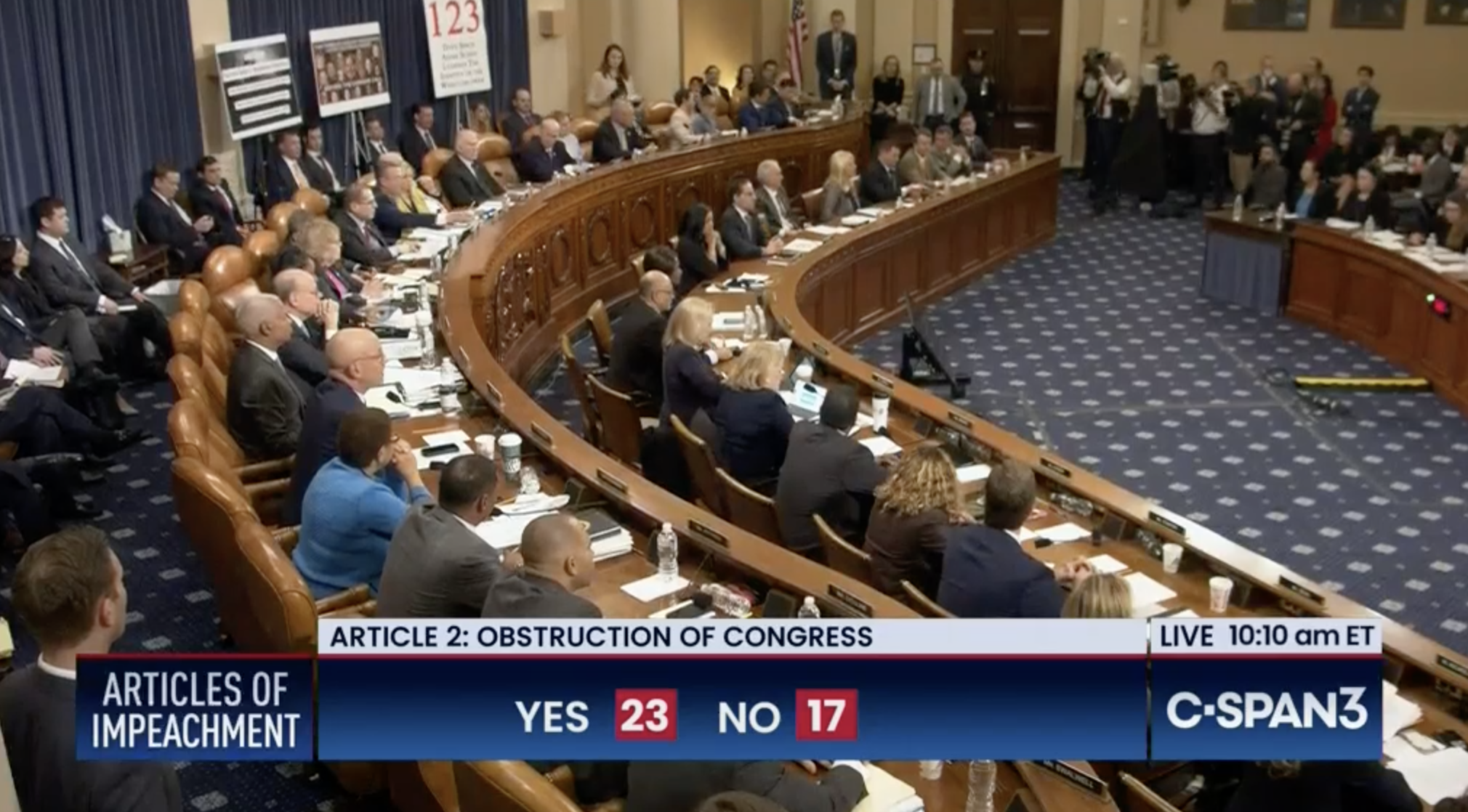
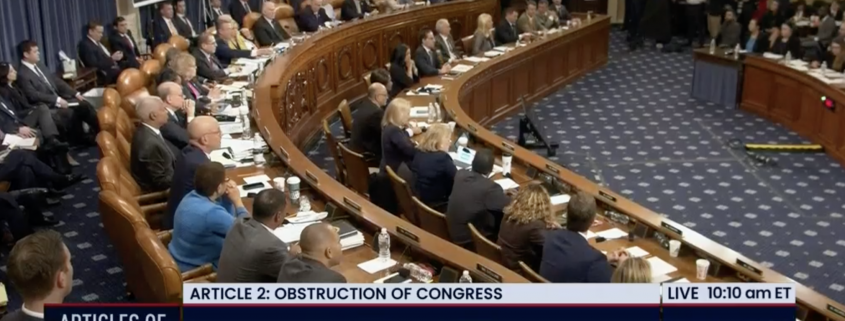
![[Photo: Emily Morter via Unsplash]](https://www.emptywheel.net/wp-content/uploads/2017/08/Question_EmilyMorter-Unsplash.jpg)
